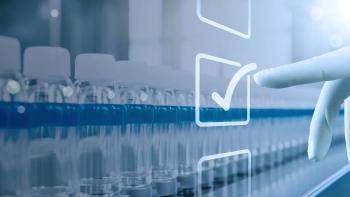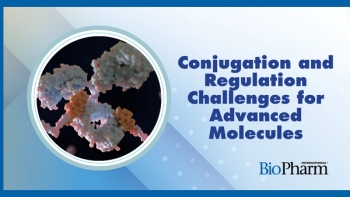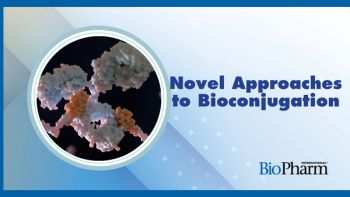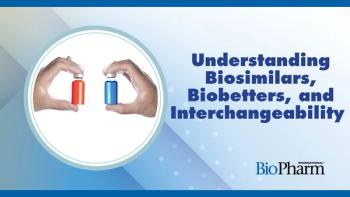
- BioPharm International-06-15-2018
- Volume 2018 eBook
- Issue 2
Biosimilars and Biobetters Strategies and Challenges
Biosimilars and biobetters have their own unique manufacturing strategies and challenges.
Both biosimilars and biobetters are biological products that are developed based on a reference product already on the market (a biologic new molecular entity [NME]). They differ from each other, however, particularly in the regulatory pathway each would take to commercialization (1,2). A biosimilar is considered highly similar to the reference product and is expected to have no clinically meaningful differences in terms of safety, purity, and potency; whereas, a biobetter is a product that is in some way an improvement over an existing biological product, such as by the use of an improved delivery system, improved formulation, or other modification that enhances efficacy and safety.
Read
Article Details
BioPharm International
eBook: BioPharm International Single-Use Systems
Vol. 31
June 2018
Pages: 8–12
Citation
When referring to this article, please cite it as F. Mirasol, “Biosimilars and Biobetters Strategies and Challenges,” BioPharm International Single-Use Systems eBook (June 2018).
Articles in this issue
over 7 years ago
Considering Silicone Tubing and Assembliesover 7 years ago
Qualification of Single-Use Systemsover 7 years ago
Managing Quality in Single-Use Systemsover 7 years ago
Comparing the Supply Lifecycle of Bioreactorsover 7 years ago
Assurance of Supplyover 7 years ago
An Integrated Approach to Shipping Liquid in Single-Use Systemsover 7 years ago
Single-Use Boosts Fill/Finish in Commercial BiomanufacturingNewsletter
Stay at the forefront of biopharmaceutical innovation—subscribe to BioPharm International for expert insights on drug development, manufacturing, compliance, and more.




